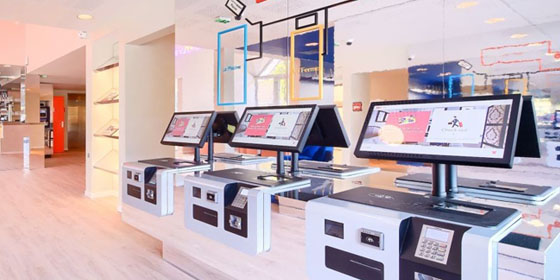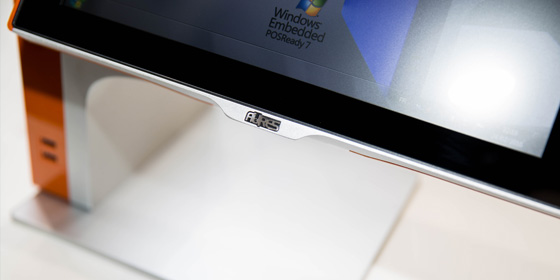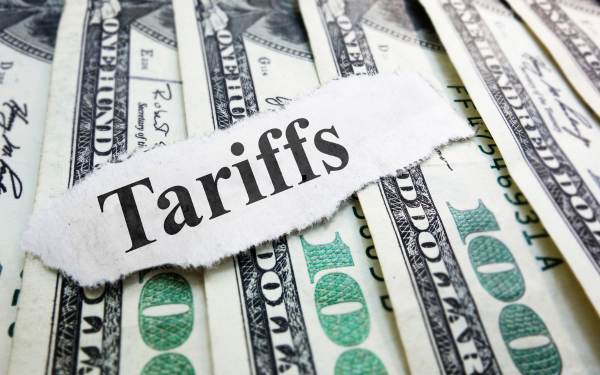American retail and hospitality businesses, not to mention the nation’s consumers, diners and travellers, are starting to feel the impact of President Trump’s sweeping tariff regime.
After a spike attributed to a first quarter rush to beat the impact on prices everyone expects tariffs to have, retail sales have now fallen for two consecutive months. The restaurant sector, already hit hard by high food inflation over the past half decade, faces more of the same, with food-away-from-home prices up 3.9% year-on-year in April.
And it’s not just that tariffs on everything from imported ingredients to furniture, packaging and equipment are hitting restaurateurs’ margins. Increased demand for domestic produce will drive up prices at home, too.
It’s a similar story in the hotel sector, where large chains have reported delaying investment in premises because of concerns about rising costs of imported goods and materials. At the same time, the US is expected to see an 8.7% dip in overseas tourism as a ‘sentiment headwind’ created by the tariffs deters foreign visitors.
A slim ray of hope is that businesses have sure had a chance to get used to unpredictable costs and volatile supply chains in the five years since the start of the COVID-19 pandemic. For most retail and hospitality operators, approaching procurement in a more agile way, making smarter inventory decisions and lasering in on accurate demand forecasting have become key to survival. This know-how will be invaluable in getting through the rough waters created by the tariff policy.
Business owners also have tools at their disposal to help them get even more value from these areas. Among them is a piece of tech that is central to every customer-facing business – your POS system. As the central hubs of operational intelligence, your POS can be an indispensable buddy in making inventory and procurement smarter, more agile and more cost-efficient, helping you to protect your margins amidst cost volatility while minimizing what you have to pass on to your customers.
Here’s how.
Integrated Inventory and Procurement Systems
Connecting your POS system to inventory management and procurement platforms creates a seamless flow of real-time data across departments. Immediate visibility into stock levels, sales velocity and purchasing needs leads to smarter inventory management, making sure decisions are based on accurate, current information to streamline ordering in response to demand.
Integrating procurement systems also opens the door to a more dynamic approach to supplier management. With real-time POS data feeding into procurement platforms, businesses can quickly compare vendors in light of current needs, tracking cost fluctuations and, where necessary, shifting purchases to less tariff-impacted alternatives.
Smarter Demand Forecasting with AI
One of the most powerful ways to prepare for uncertainty is by improving forecasting. Modern POS systems equipped with AI and machine learning can analyze historical sales data, seasonal trends, local events, weather patterns, and customer behavior to produce highly accurate demand forecasts. This allows you to order only what you need, when you need it, reducing overstock, spoilage, and the need to make last-minute emergency purchases when it might be harder to find an alternative that isn’t hit by tariffs.
For example, a quick-service restaurant chain might use AI-driven POS analytics to predict a spike in demand tied to a local sports event. With this data in hand, they can adjust inventory orders, labour schedules, and even pricing strategies in advance.
Enhancing Data with IoT and Behavioral Analytics
Adding IoT devices like shelf sensors, RFID tags, cameras and foot traffic counters to your on-premise tech stack can dramatically enhance the data available to POS systems. For instance, tracking footfall alongside transaction data helps businesses understand conversion rates, peak times, and customer behavior beyond just what is bought.
This richer data ecosystem allows for better prediction of sales patterns and helps retailers optimize staffing, merchandising, and promotions. In hospitality settings, cameras and sensors can help track patterns in dining times, offering insight into any correlation with time or day, meals ordered, make up of the party etc. The deeper you understand such patterns, the better your forecasts will be, and the more agile your inventory and procurement will become.
Optimizing POS Capabilities
In uncertain times, agility is critical. By transforming POS systems into engines of business intelligence, retailers and hospitality operators can move from reactive to proactive – anticipating challenges and adapting before tariffs take a bite out of their bottom line.
To fully capitalize on these opportunities, businesses should ensure their POS system is cloud-based, supports open integrations, and includes or supports AI-enhanced analytics. Integrating with financial systems and CRMs can create a more complete picture of operations, while staff training ensures that insights are effectively acted upon.




